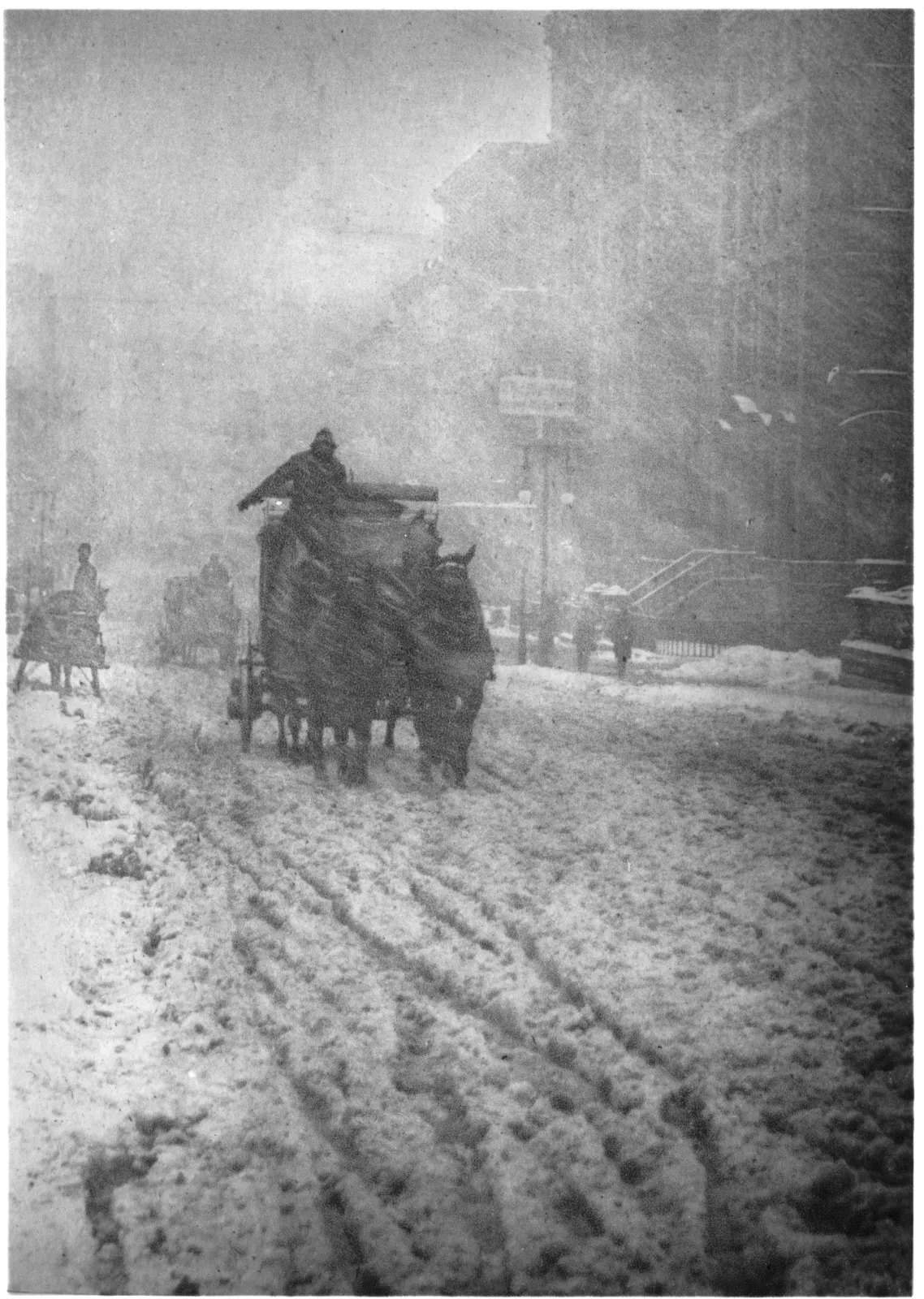The Aesthetic Movement (1890s–1910s) Introduction In the late 19th century, photography found itself at a crossroads. Long regarded as a tool for documentation and portraiture, it began to enter a new phase, one where photographers sought to align their craft more closely with the expressive nature of traditional art forms….
Tag: history
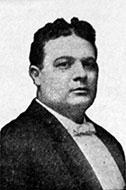
Harvey Hindermeyer
Introduction Harvey Hindermeyer stands out as a colorful character in the landscape of early 20th-century music, a time when recorded sound was transforming how people connected with entertainment and culture. Known for his unique blend of humor, novelty, and heart, Hindermeyer’s songs struck a chord with listeners across America. His…
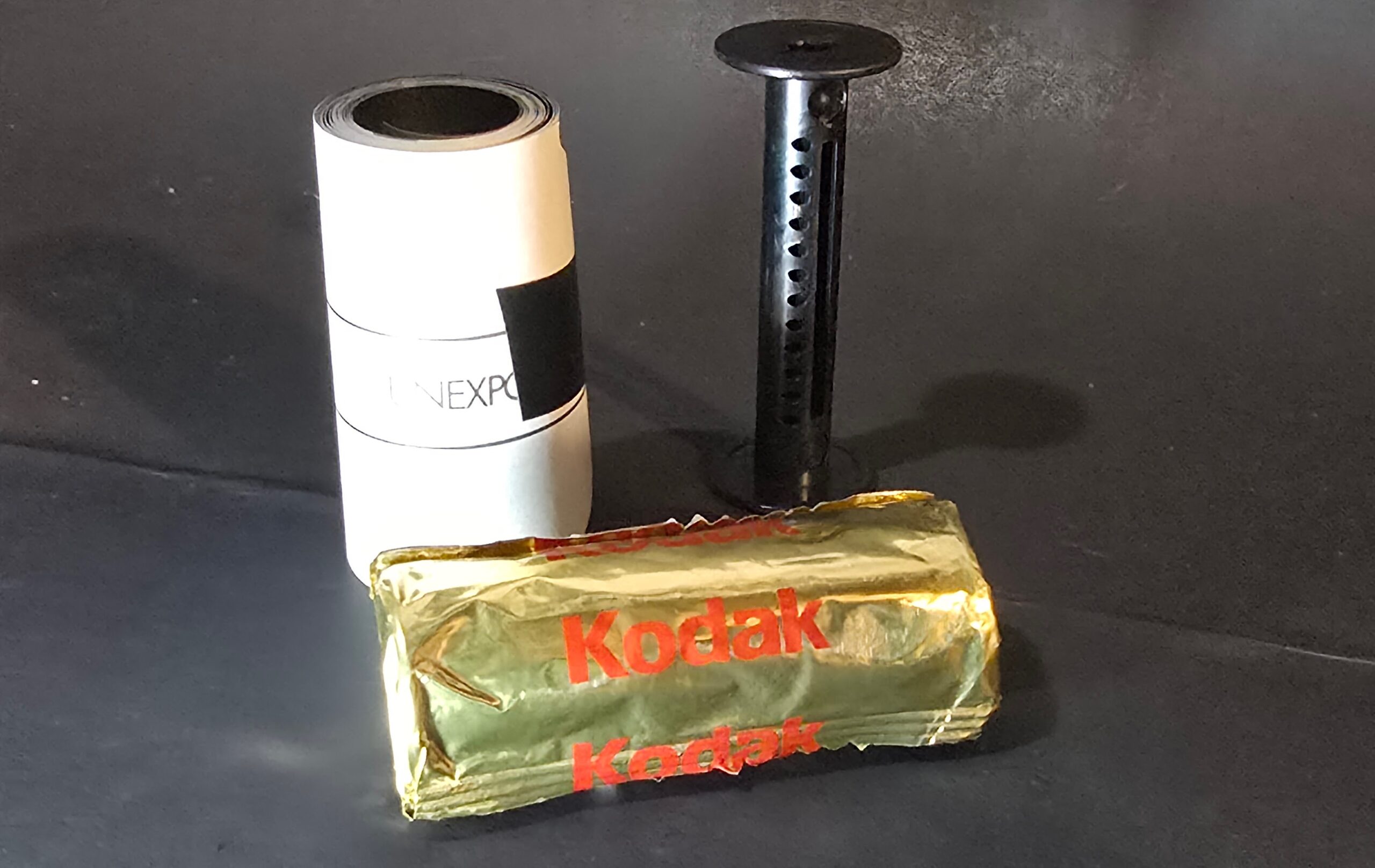
The Birth of Roll Film: Dry Plates to the Kodak Revolution (1870s–1890s)
Breaking Barriers in Photography In the 1870s, photography was an intricate and demanding pursuit, accessible only to those with both resources and specialized training. A photographer in this period would work with substantial, fragile glass plates, carefully balanced atop weighty cameras mounted on large tripods. Each image required meticulous preparation…
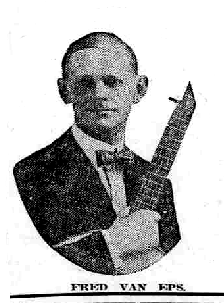
Fred Van Eps
The Banjo Virtuoso You’ve Probably Never Heard Of In the late 19th and early 20th centuries, when the banjo was transitioning from its folk roots to a more popular instrument, one man emerged who elevated its status and redefined its potential: Fred Van Eps. A virtuoso in the truest sense,…
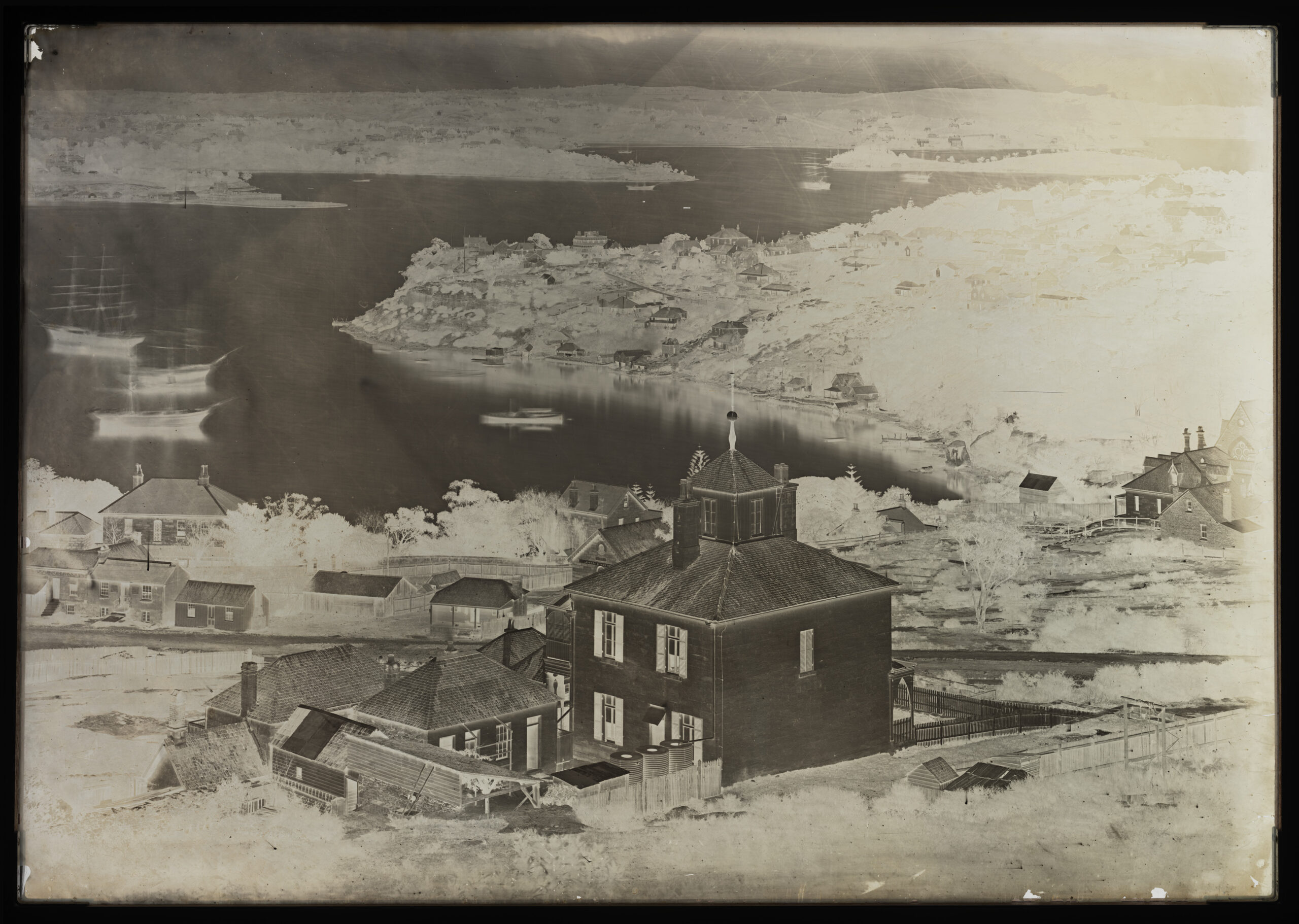
The Wet Plate Era: Collodion Process and Ambrotypes (1850s–1880s)
Introduction The mid-19th century marked a turning point in the history of photography, ushering in an era of innovation and accessibility that would forever change the way we capture and perceive the world. This period, spanning roughly from the 1850s to the 1880s, witnessed the rise of the wet plate…

